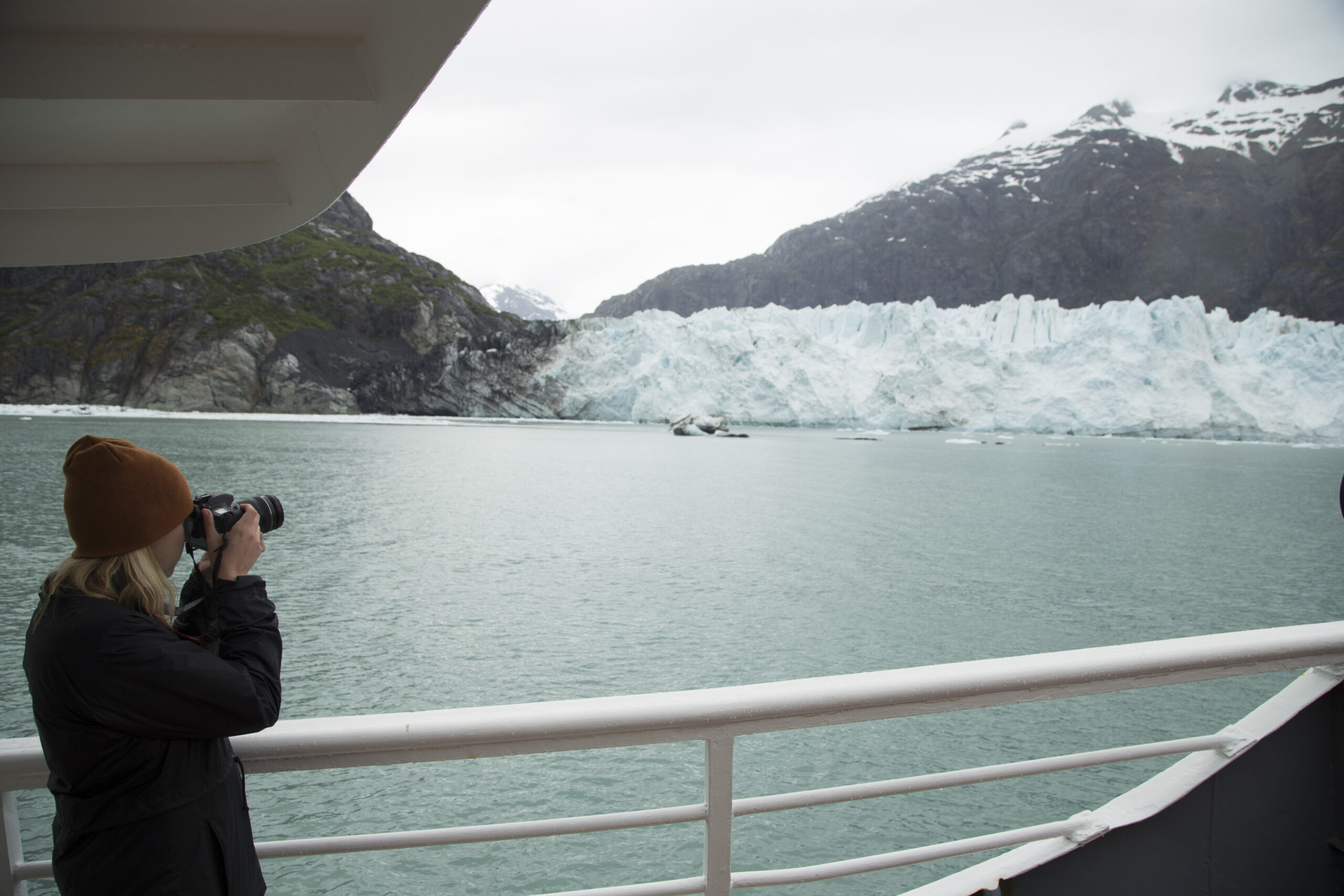By following these tips, you can effectively convey environmental issues and inspire readers to engage with the pressing challenges facing our planet:
Maintain High Ethical Standards
Purdue University lists accuracy, treatment of sources, avoiding bias, avoiding distortions, gathering information, minimizing harm, and avoiding conflicts of interests as tenets of ethical journalism.
Use the Inverted Pyramid
Structure your story using the inverted pyramid style, which places the most critical information at the beginning and gradually provides additional context and details as the story progresses. Start with the “who, what, where, when, why, how, and so what?” to provide a clear overview, and then delve deeper into the body where important facts, figures, or data should go and extra information at the end or the tip. However, the end should not simply summarize the story – instead try to find information that advances the story in the conclusion.
Learn AP Style
Additionally, many journalists follow the Associated Press Style Guide, which can help you remain consistent and accurate in your reporting in regards to issues such as capitalization, abbreviation, punctuation, spelling, numerals and many other questions of language usage.
Purdue University has an excellent guide to help you understand the AP Style:
























